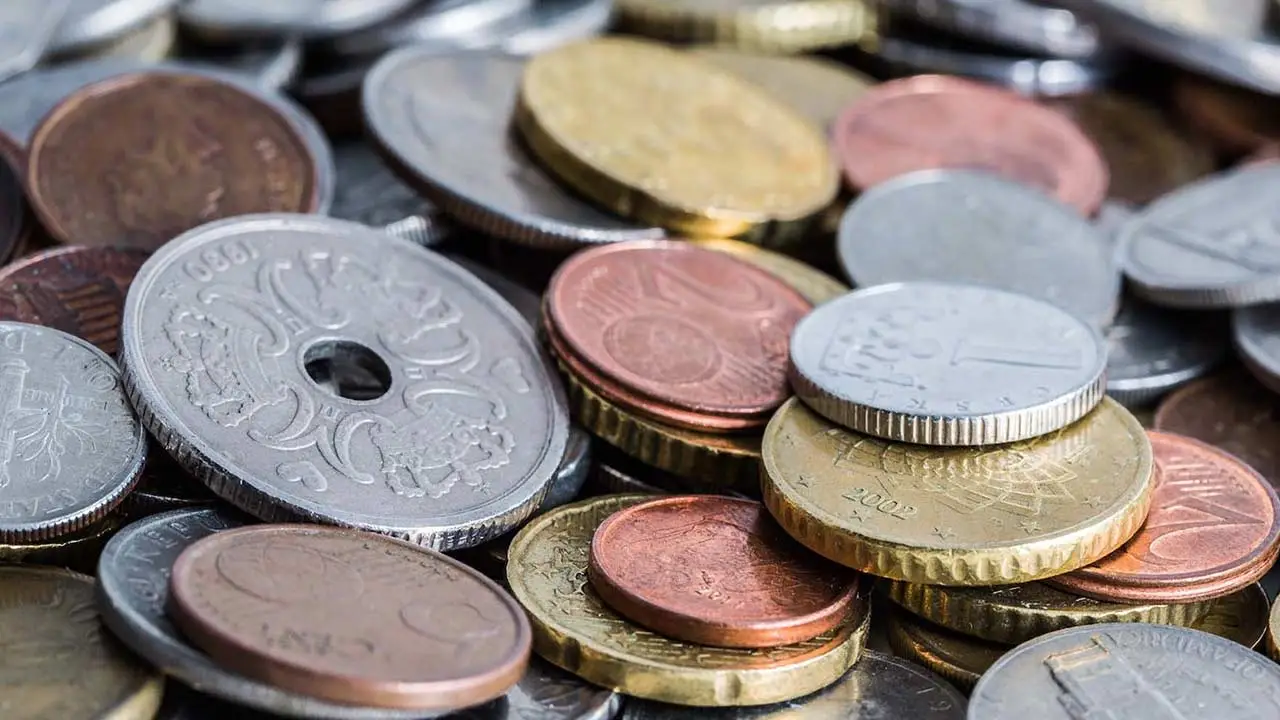We come across a wide variety of weird and wonderful currencies every week, from Afghan afghanis to Vietnamese dong, but have you ever looked at a foreign coin or banknote and wondered why it is the way it is?
From the shape, size, colour and weight; every coin and banknote in circulation today has been carefully thought out and designed by a government or central bank (or a competition entry in Turkey's case!), and some of the facts and figures behind these currencies may suprise you. Here are some of our favourites:
Euros
Euro coins are struck at various national mints across the European Union and each EU country can choose their own designs. Next time you've got a handful of euro coins, take a look at the reverse side to see which country they originated from!
US dollars
Over 500 million dollars' worth of banknotes are printed every day by the US Department of the Treasury. The two main printing facilities - based in Washington D.C. and Fort Worth, Texas - use 10 tonnes of ink per day.
Turkish lira
The Turkish lira symbol (₺) was created by a Turkish citizen after a country-wide competition in 2012. The symbol is based on the letters 'T' and 'L' crossed in the middle by two lines to form an anchor-like shape which represents the stability of the lira. The two lines symbolise Turkey connecting to Europe in the West and Asia in the East.
Australian dollars
Australia was the first country in the world to use plastic polymer banknotes. In 1988, the Australian government replaced the $10 paper-based banknote with a new plastic polymer version in an attempt to prevent counterfeiting.
Moroccan dirham
The name dirham is derived from the Roman word 'denarius' and refers to a currency that was used in Morocco during the Roman period.
Bahraini dinars
Unlike most currencies which can be subdivided into units of 100, Bahraini dinars can subdivided into units of 1,000. One Bahraini dinar is equivalent to 1,000 fils.
Argentine pesos
Pesos are derived from Spanish dollars or 'pieces of eight' which were brought to Argentina by the Spanish in the 16th century. The name peso means 'weight' in Spanish and refers to the fact that one peso was worth one-eighth of a Spanish real - another denomination of old Spanish currency.
Chinese Yuan
The official currency in China is the renminbi which translates as 'the people's money'. Renminbi is the name of the currency but individual units are expressed as yuan (pronounced yoo-an).
Egyptian pounds
Unsurprisingly, many of Egypt's coins and banknotes feature images of pharaohs. Cleopatra is depicted on the 50 piastre coin, Tutankhamun on the 1 pound coin, Ramesses II on the 50 piastre note and Khafra on the 50 pound note.
Indian Rupees
Indian banknotes feature 17 different languages. The majority of text is printed in Hindi and English, but the value is printed in a multitude of other languages including Bengali, Punjabi, Kashmiri and Urdu.
When we're not studiously researching or obsessing over currency, we like to help you find the best currency deals by comparing the exchange rates from the UK's biggest travel money providers.
Whether you're looking to buy currency or sell currency, you can trust us to help you find the best exchange rates.

